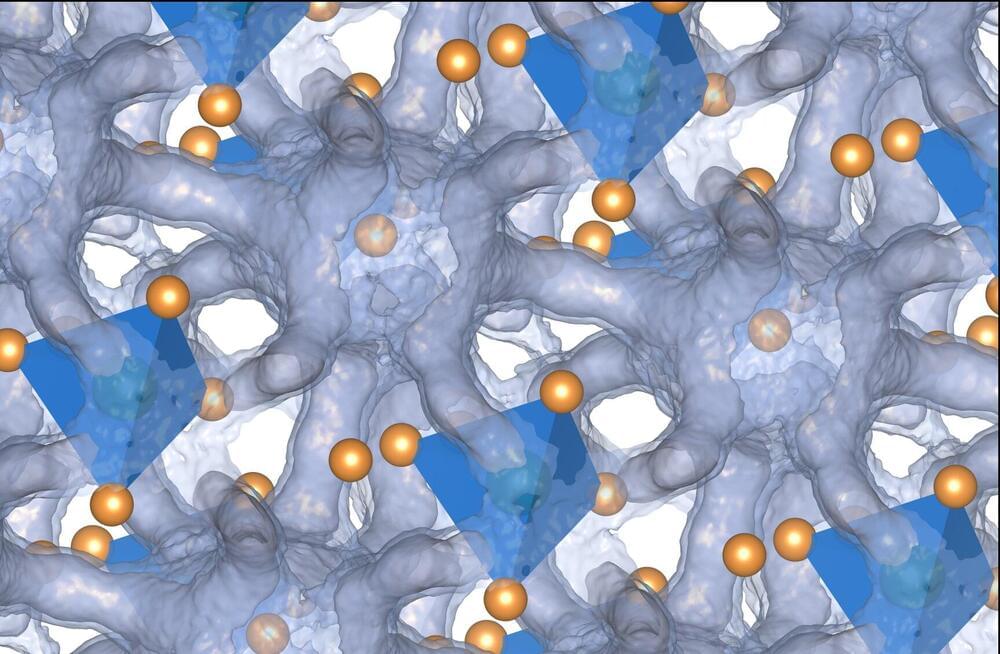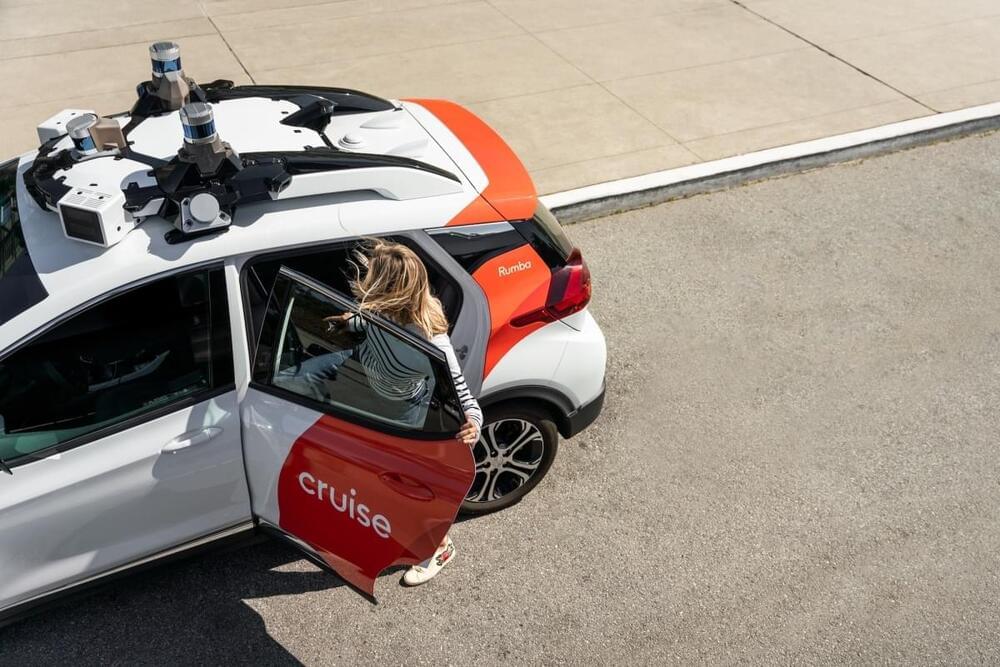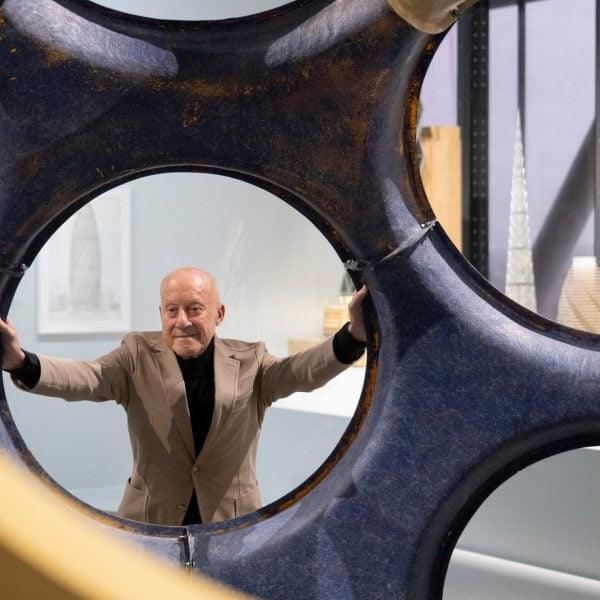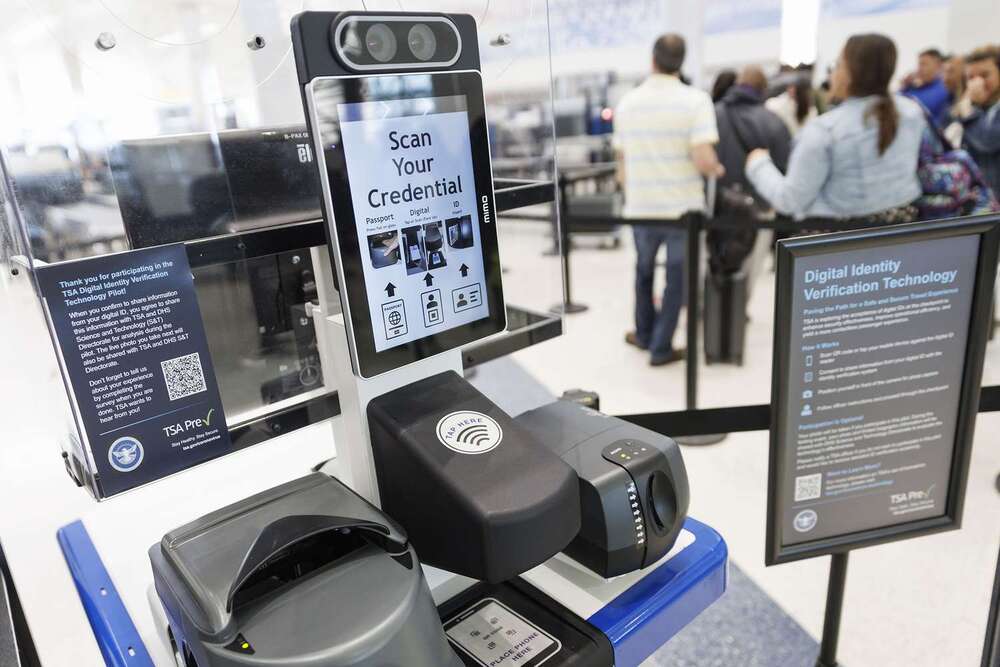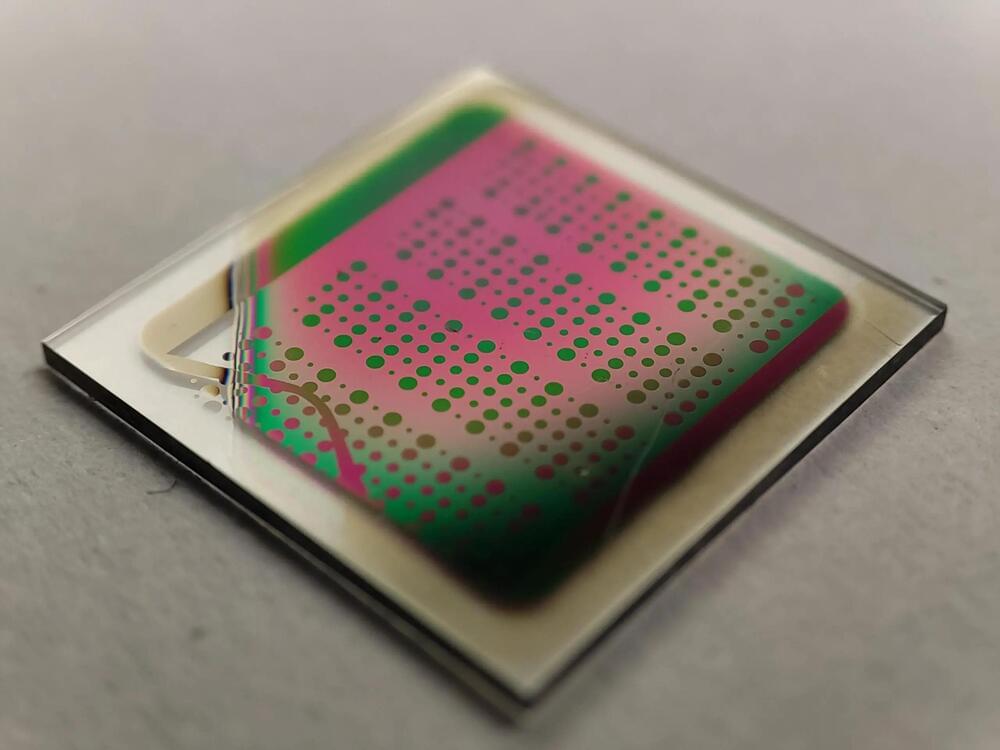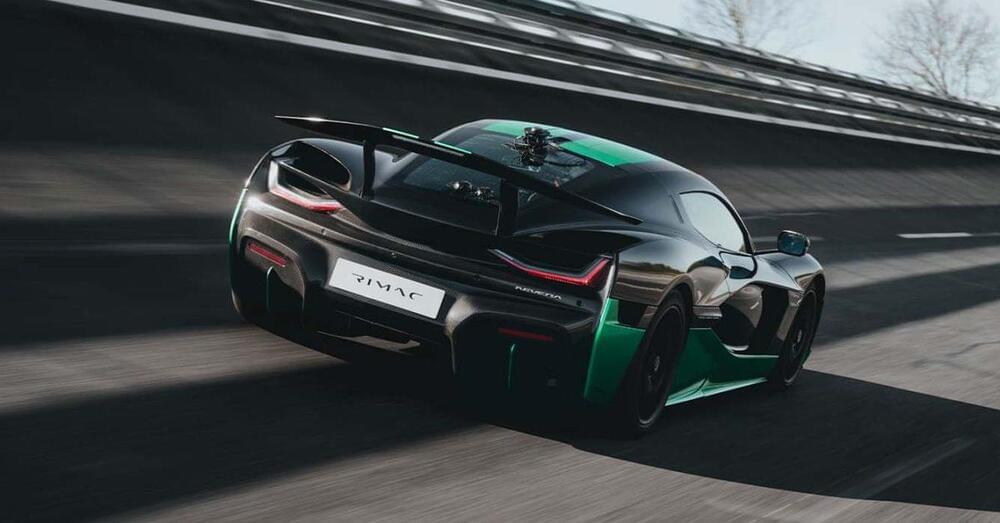Mount Etna enjoyed its first major eruption in 30 years on Sunday, and footage of the busy volcano’s spewing and flowing orange lava against the black and white billowing smoke is stunning. (See video caught by Massimiliano Salfi, posted by Earth42morrow, below).
Europe’s most active volcano caused Sicily’s Catania airport to shut down yesterday after ash covered its runways, according to CNN, but has mostly reopened as of Monday.
People in nearby towns reportedly heard loud booming sounds at the time of the eruption, but no injuries have been reported. Mount Etna’s last eruption of this size was in 1992.

